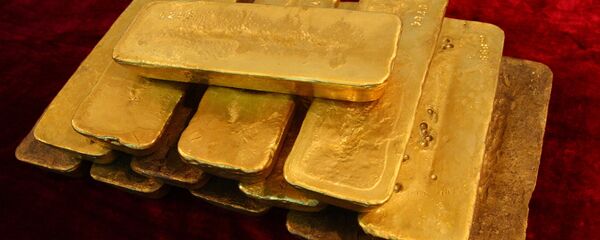The US dollar is gradually losing its share in the world market, Russian Economy Minister Maxim Oreshkin told Bloomberg TV on the side-lines of the St. Petersburg International Economic Forum (SPIEF).
“China, Turkey and other major partners are increasing their share in euro, as well as Europe. The dollar is gradually and inevitably losing its share in the world market. This concerns not only Russia, but the whole world as well”, he said.
In order to reduce its dependence on the US dollar, Russia has taken a series of measures, including dumping its US bond holdings, increasing gold reserves, and switching to transactions in national currencies. In late May, the head of the Central Bank of Russia, Elvira Nabiullina, explained that those measures mitigate external economic and political risks for Moscow.
READ MORE: How Countries Drifting From Dollar to Multicurrency System Using Gold as Hedge
Last month, Russian international consulting firm FinExpertiza reported that Moscow has increased the use of its national currency, the rouble, in transactions with BRICS partners – Brazil, India, China, and South Africa.
China has likewise been working on the internationalisation of its national currency – the yuan – which joined the International Monetary Fund’s basket of reserve currencies in October 2016. For instance, in the framework of the Belt and Road Initiative, China has reportedly encouraged Pakistan to use the yuan in its business dealings with Beijing instead of doing trade in the US dollar.
In addition, Nicolas Maduro, president of the oil-rich, cash-strapped Venezuela, has recently announced that the country was freeing itself from the US dollar, having described the changes as a process of “liberation from US blockade”.
READ MORE: Russian FM Lavrov Accuses US of Misusing Dollar's Status
Two years ago, the Latin American country ditched the greenback in its oil trade in the face of severe US sanctions, with Maduro saying that Venezuela would use other currencies, such as the Russian rouble, the Chinese yuan, the Japanese yen, the Indian rupee, and the euro.


